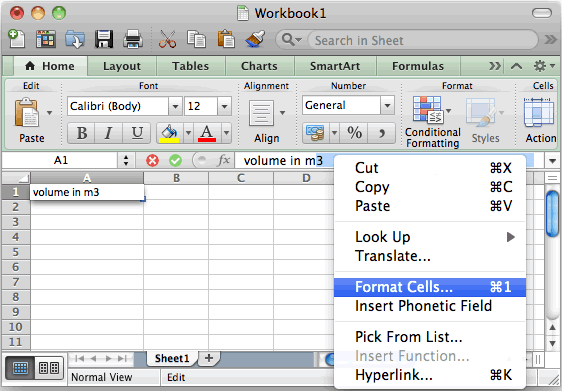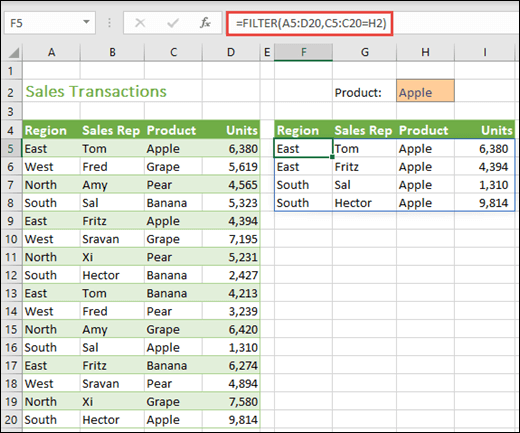

#Use imaginary numbers in excel for mac full
Note that complex numbers are displayed as text strings (a+bi or a+bj, depending on your preference) in Excel to the numbers full precision (which means they tend to have a lot of digits displayed). You could then use the IMDIV() and IMSUM() functions to complete the quadratic formula. IM.() functions are listed in the "engineering functions" : įor example, after computing the discriminant (b^2-4ac), you would use the IMSQRT(b^2-4*a*c) function to get the imaginary square root of the discriminant.

This means that the frequency range is asymmetric.You need to use the IM.() functions to perform the computations in the quadratic formula in order to perform the computations in complex space. 0 frequency is represented, however, though there are always an even number of frequencies. If you have 128 points, the transform creates the amplitudes for 64 frequencies - this is a result of what is known as the Nyquist limit, which we will cover later. Thus I showed the plots only for positive frequency.Īnother quirk of the digital transform is understanding the range of frequencies that appear. A complex number and its complex conjugate have the same magnitude. The plots I put in the problem set are of the magnitude of the data: sqrt( Real 2 + Imaginary 2). These are followed by the negative frequency values, which are laid out from the highest to the lowest frequency (-1). Specifically, the values of positive frequencies are laid out from 0 to the maximum frequency. When the Fourier transform completes, the data are in a somewhat odd order. Equivalently, we say that that negative and positive values are complex conjugates of one another. This means that the positive and negative real parts will be identical, and that the positive and negative imaginary parts will be the same, but of opposite sign. Remember that for real-valued inputs, the transformed data is Hermite symmetric.

If you need to work with non power of 2 sizes, you should pad the ends of the data (usually with zeroes.) Thus, you can form the Fourier transform of a set of 128 numbers, but not a set of 100 numbers. However, the computer implementation requires that the size of the set be a power of 2. The Fourier transform converts a set of numbers into another equal sized set of numbers. You will enter the input numbers into the input range and select a place to put the outputs, and you will select either forward (default) or inverse transform. Clicking OK brings up the dialog box to control this. Select the 'Fourier Analysis' function from that list. If you then select: 'Tools->Data Analysis.' you will get a little list of functions. This adds a ' Data Analysis.' item to the Tools menu. From the Tools menu, select " Add-Ins." then check the Analysis Toolpack and click 'OK' To use the Fourier functions, you must first enable the Analysis ToolPack. If you intend to use Excel for this purpose, I encourage you to look through their help files to understand it, but here are a few notes. While these notes are somewhat specific to Excel, much of the content pertains to other computer-based Fourier tools.įortunately, Excel has some built in functions that make it possible to perform Fourier transforms relatively easily.


 0 kommentar(er)
0 kommentar(er)
